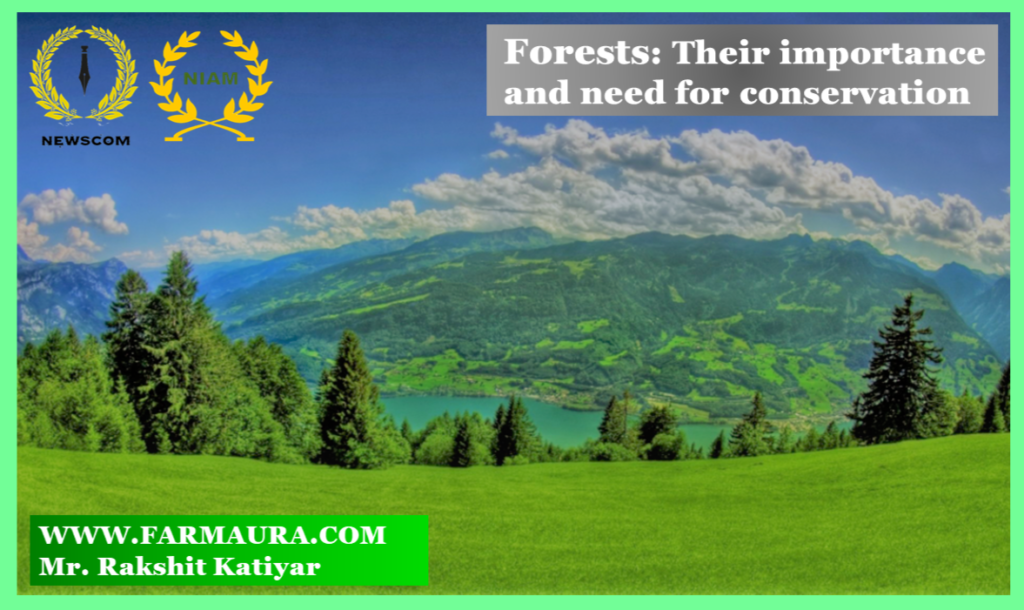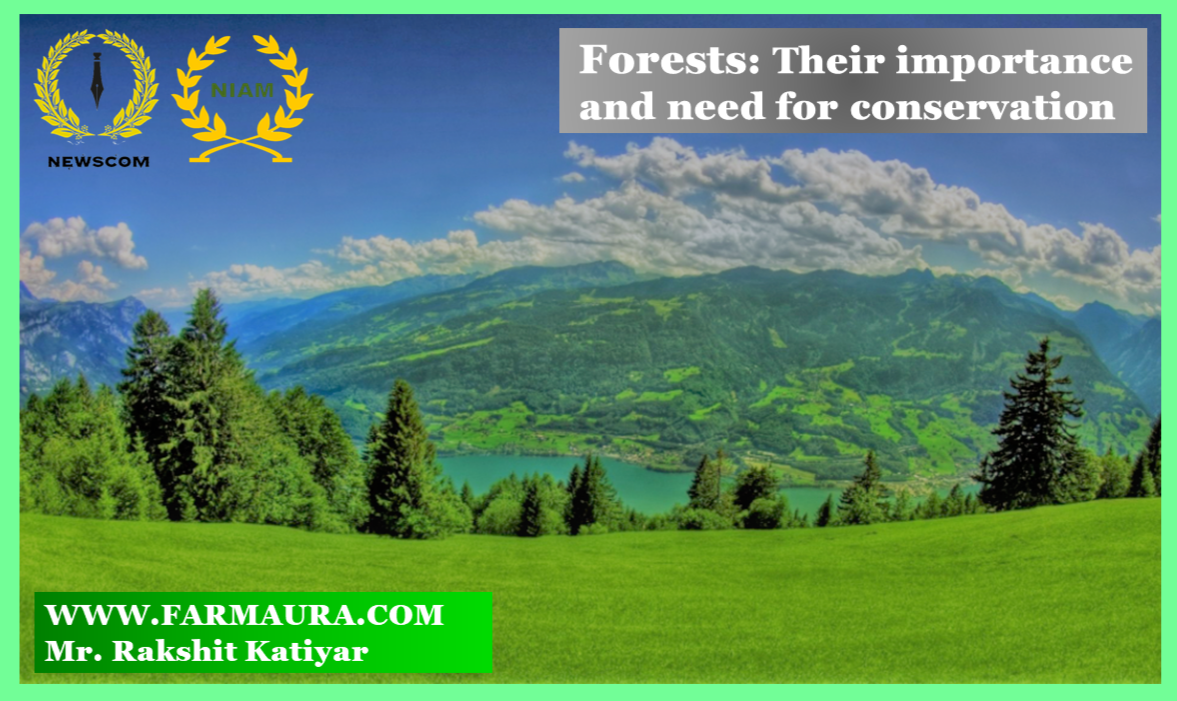
“What we are doing to the forests of the world is but a mirror reflection of what we are doing to ourselves and one another.”
– Mahatma Gandhi
Forests consist of any area incorporated or dominated by trees. Forests are important for biological diversity as well as are vital for the conservation of resources globally. The Food and Agricultural Organization a specialized agency of the United Nations states Forests as any area with land spanning more than 0.5 ha and trees being taller than 5 m and a 10 % canopy coverage. As per the statistics by Forest Resources Assessment (2020), the forests coverage was 4.06 billion ha which is approximately 31% of the global land area.
More than 50% of the forest coverage can be found only in 5 countries – Brazil, China, Canada, the United States of America, and Russia. Forests play a significant role in the conservation of Earth’s biosphere and plant biomass. Forests account for 75% of Earth’s biosphere and 80% of plant biomass.
We are dependent on forests for our survival still we are allowing them to disappear. The fresh air, pure water, wood, food, habitat for animals, watershed protection, soil erosion prevention, climate change mitigation activities involve forests in one way or the other. Not only terrestrial biodiversity forests have been the source of human settlements for ages. As per the WWF report, human settlements include 60 million indigenous people.
Forest contains about 606 gigatonnes of living biomass and 59 gigatonnes of deadwood. The biomass has decreased by a small amount since 1990 but biomass per unit area has increased. Forest ecosystems are found in all regions globally and they are capable of sustainable tree growth. The forests near the equator are covered by tropical rainforests. The biodiversity of forests varies according to some factors which are forest type, geography, climatic conditions, and soil. Forest trees contain a large amount of water due to their anatomy. They regulate hydrological processes majorly groundwater and rainfall. Most of the species of crops that we grow and consume today were wild and grew in the forests.
Forest Conservation involves upkeeping of natural resources which will benefit humans as well as the environment. Forests are being destroyed at alarming rats which includes accidental fires, development, degradation due to climatic changes. It is estimated that 15% of greenhouse gas emissions are due to deforestation which needs to be addressed.
The Amazon rainforest is the largest forest in the world spread across several South American countries Brazil, Peru, Columbia, Bolivia, Ecuador, Venezuela, etc. with an area of 5,500,000 km2.




